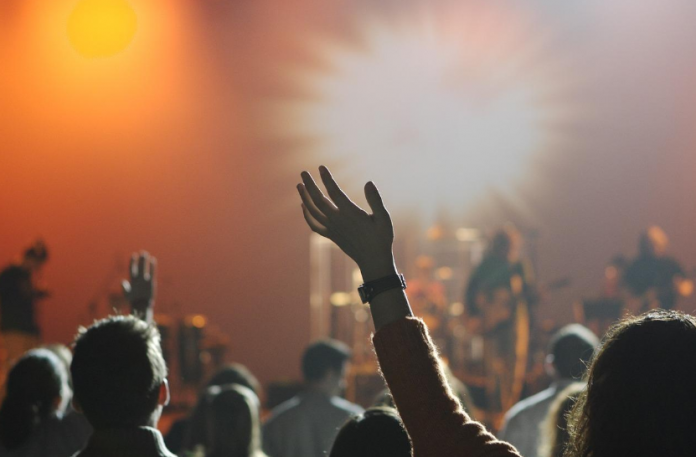I’ve been to so many weddings, birthday parties, and even night clubs – don’t get me wrong though, I’m just trying to maintain my social circles. Some venues would be great; some would even go beyond my expectations. But a few others completely and utterly disappointed me. The bad ones either turned out to be a total bore or a chaotic mess.
You see, the key to every successful event is harmony. Everything has to go together and complement each other as if they were created to come together from the very start. A single event is the combination of many different factors or components so making every piece fit together perfectly can pose an overwhelming challenge (check out these helpful tips!). It’s a complicated puzzle that requires excellent attention to detail but unfortunately, not everyone has the patience for it.
Luckily, there is hope. And it lies in what we call “change.”
If you lack the patience to learn and organize events better, then you can always change the way you see things and start teaching yourself to be patient. Easier said than done, I know. However, with a few key pointers, you’ll be alright!
First things first, you need to master event requirements – otherwise referred to as “necessities.” Once you get these things down to the dot, your event organizing skills are sure to improve a whole lot. Who knows? You might even get to the level of a pro.
Here are three things you need to mind carefully during the event production process:
1. Theme – You need to have a central or overarching theme for the occasion. This will help you and your team work more cohesively, striving to meet the same objectives. Also, events get more interesting when there’s a general theme. It makes it easier for people to know how you want the event to turn out.
When choosing a theme, you don’t really have to make it too complicated. You can find something simple that will carry a lot of impact on the audience who’ll be attending. In order for you to find this “perfectly relatable” theme, it is necessary for you to know the demographic of the people attending. Are they generally young? Will you be expecting a majority of children, teens, or adults? What activities can these people engage in? Ask yourself similar questions and contemplate on what can make the crowd happy.
2. Music – Next, you have to make sure that your event doesn’t turn out to be a complete bore. You can avoid such a tragedy by planning out your music selections very well – or at least hire a very talented person to do the searching for you. Playing the right beats during an event can rile up the crowd and increase people’s engagement towards the said event.
When choosing the right music, the same rules apply. Not every ear can appreciate the same type of music. There is a tune for every soul. You have to get to know your audience before you decide on what kind of music to play. It is also important that you coordinate your music well with your event theme.
3. Lighting – As a general rule, dim places tend to make a venue feel cramped while a well-lit reception can give the illusion of having more breathing space. Lighting is very important for any event and they vary for each type of event. For example, weddings should look happy and bright. Using white and warm LED lighting for wedding celebrations can make the event feel elegant and serene. Night parties, on the other hand, would generally require lesser or dimmer lights. After all, people don’t really want to stand out while they’re partying like crazy.
So as I have repeated over and over again, each event is uniquely different. Learning how each one goes and getting to know the audience attending can help you plan and execute the event better. When brainstorming ideas for the theme, music, and lighting setups, always think like one of the guests. Ask yourself:
If I were to attend my own event, would I enjoy myself?
Find a Home-Based Business to Start-Up >>> Hundreds of Business Listings.


















































